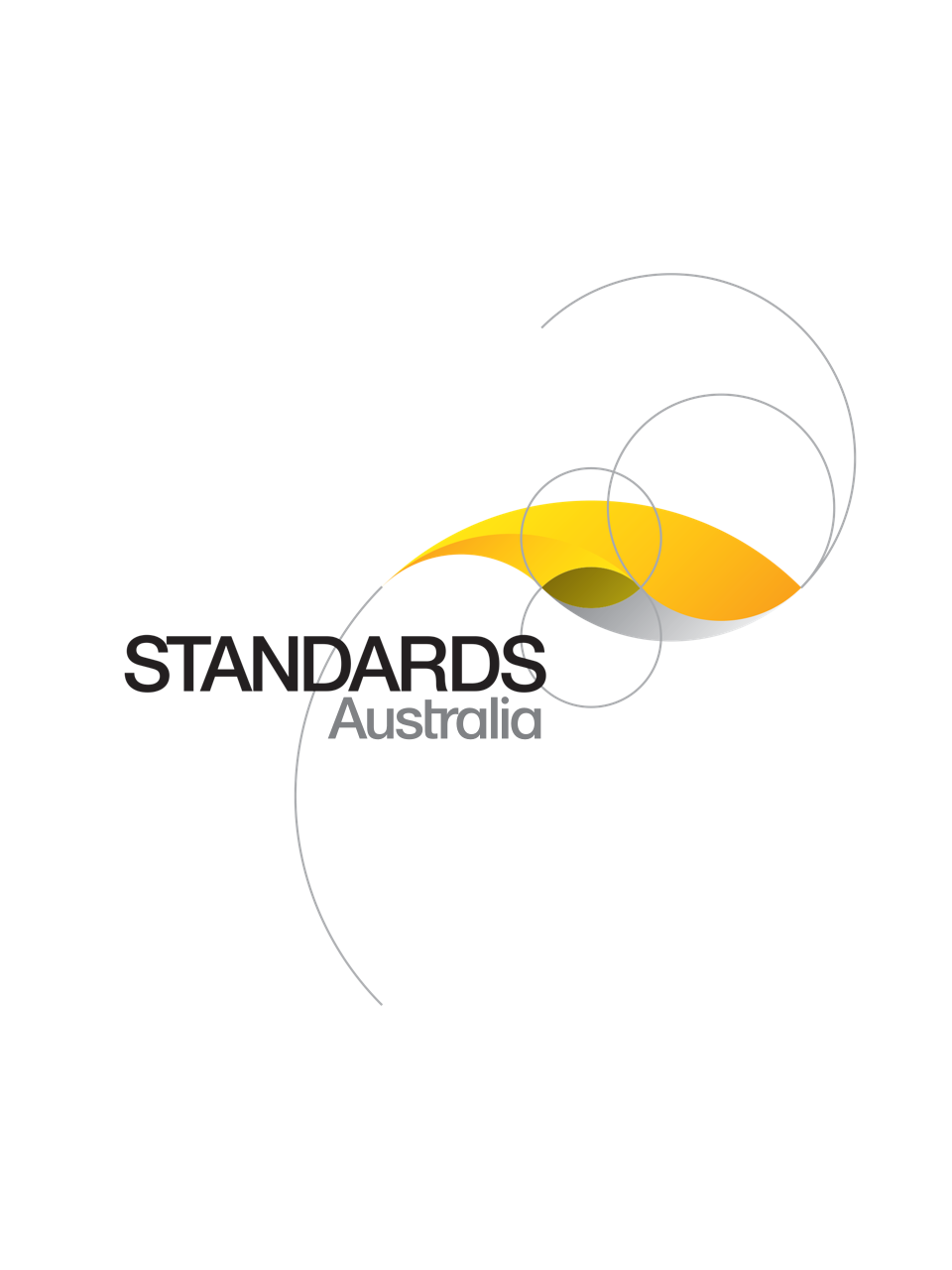Standard
Track updates
AS 4774.1-2003
[Pending Revision]Specifies requirements for medical supervision of personnel, operating procedures, equipment and general precautions for work in tunnels,shafts and caissons where compressed air is the breathing medium and the maximum presssure of the work area is 4 bar (400 kPa) gauge. Appendices include medical standards and examination forms, information for medical practitioners, instructions for persons working in compressed air and information on decompression illness.
Published: 16/01/2003
Pages: 51
Table of contents
Cited references
Content history
Table of contents
Header
About this publication
Preface
1 Scope and general
1.1 Scope
1.2 Objective
1.3 Application
1.4 Referenced documents
1.5 Definitions
2 Personnel and duties
2.1 Duty of constructor
2.1.1 General
2.1.2 Notification of authorities
2.2 Lock operator
2.2.1 General
2.2.2 Instructions
2.2.3 Records
2.2.4 Control
2.3 Treatment chamber operator
2.4 First-aid personnel
2.5 Medical officer
2.6 Compressor monitoring
3 Hazard identification, risk assessment and control
3.1 Consultation
3.2 Hazard identification, risk assessment and control process
3.3 Hazard identification
3.4 Risk assessment
3.5 Risk control
4 Planning and procedures
4.1 Planning
4.2 Procedures
4.2.1 Operating procedures
4.2.2 Operational plan
4.2.3 Stability of working chamber
4.3 Training
4.3.1 Compressed air workers
4.3.2 Lock operators
4.3.3 Treatment chamber operators
4.4 Communications
4.5 Identification badge
4.6 Notices and instructions
4.7 Prohibition of smoking, alcohol and drugs
4.8 Maximum periods in compressed air
4.8.1 General
4.8.2 Mandatory rest period
4.9 Compression
4.9.1 Rate
4.9.2 Repetitive compression
4.10 Decompression
4.10.1 Decompression tables
4.10.2 Decompression procedures
4.10.3 Repeat decompression
4.10.4 Recompression protocol
4.11 Ventilation of the working chamber
4.11.1 Allowable limits of gaseous impurities
4.11.1.1 Chamber atmosphere
4.11.1.2 Supply air
4.11.2 Detection of gaseous impurities
4.11.2.1 General
4.11.2.2 Recording gaseous impurities
4.11.2.3 Sampling
4.11.2.4 Non-respirable atmosphere
4.11.3 Normal ventilation system
4.11.3.1 Supply air
4.11.3.2 Rate of air supply
4.11.3.3 Air circulation and exhaust
4.11.4 Special ventilation provisions for blasting
4.12 Change in working pressure
4.12.1 Decompression
4.12.2 Unplanned change
4.13 Decanting
4.14 Safety rescue system
4.15 Control of oxygen
4.15.1 Oxygen supply
4.15.2 Oxygen piping
4.15.3 Oxygen system cleanliness
5 Medical requirements
5.1 Medical certification
5.2 Medical practitioner
5.3 Supervision of health
5.3.1 Advice to employees
5.3.2 Periodical medical examination
5.3.3 Prohibition of entry
5.3.4 Flying or diving after compressed air work
6 Plant
6.1 General
6.2 Personnel lock
6.2.1 General
6.2.2 Size
6.2.2.1 General
6.2.2.2 Tunnelling machine locks for use at less than 1 bar
6.2.3 Capacity
6.2.4 Seating
6.2.5 Doors
6.2.6 Access
6.2.7 Minimum equipment for personnel locks
6.2.7.1 Instrument board
6.2.7.2 Instrumentation inside lock and at the operator panel
6.2.7.3 Instrumentation at the operator panel
6.2.7.4 Other equipment
6.2.8 BIBS oxygen decompression system
6.2.9 Ventilation
6.3 Treatment chamber
6.3.1 General
6.3.2 Size
6.3.3 Instrumentation to be provided at the operator panel
6.3.4 Other requirements
6.4 Special provisions for working chambers
6.4.1 Communication
6.4.2 Overhead walkway
6.4.3 Safety curtains
6.4.3.1 General
6.4.3.2 Installation
6.4.3.3 Location of air supply
6.5 Special provisions for compressed air caissons and shafts
6.5.1 General
6.5.2 Number of locks
6.5.3 Location of personnel locks
6.5.4 Lock platforms
6.5.5 Personnel hoist
6.5.6 Height of working chamber
6.6 Compressed air supply
6.6.1 General
6.6.2 Supply air
6.6.3 Air tools
6.7 Compressed air plant
6.7.1 General
6.7.2 Air lines and fittings
6.7.3 Air exhaust
6.7.4 Testing of equipment
6.7.4.1 General
6.7.4.2 Pressure measuring devices
6.8 Electrical installation
6.8.1 Wiring
6.8.2 Lighting
6.8.3 Lighting voltage
6.9 Fire control equipment
6.9.1 General
6.9.2 Tunnels
6.9.3 Welding or cutting
6.10 Personnel facilities
7 Special precautions—Use of explosives
7.1 Compliance with code
7.2 Loading
7.2.1 Explosives and detonators taken to the face
7.2.2 Tools and equipment
7.2.3 Persons in working chamber
7.3 Detonation—Before and after
7.3.1 Testing of pressure relief valves
7.3.2 Inspection of instruments
8 Records
8.1 Medical officer’s report
8.2 Records
8.2.1 Long term records
8.2.2 Short term records
9 Employee responsibilities
9.1 Responsibilities
9.2 Compressed air workers logbook
Appendix A
A1 Scope
A2 Referenced documents
A3 Related documents
A4 Other organizations
Appendix B
B1 Introduction
B2 General
B3 Training in underwater and hyperbaric medicine
B4 Fitness criteria
B4.1 General
B4.2 Age
B4.3 Obesity
B4.4 Skin
B4.5 Vision
B4.6 Ear, nose and throat
B4.7 Hearing
B4.8 Teeth
B4.9 Central nervous system
B4.10 Cardiovascular system
B4.11 Respiratory system
B4.12 Musculoskeletal function
B4.13 Other criteria
B4.14 Screening for dysbaric osteonecrosis (long bone X-rays)
Appendix C
C1 Decompression illness—A brief introduction
C2 Instructions for persons in compressed air environments
Appendix D
D1 Development
D2 Protocol
Appendix E
Appendix F
F1 General
F2 Skeletal survey
F2.1 General
F2.2 Shoulder joints
F2.3 Shoulder joints with arms in internal rotation
F2.4 Hip joints
F2.5 Knee joints
F2.6 Hip joints with leg in lateral position (if required for diagnostic purposes)
F2.7 Further comments
Cited references in this standard
